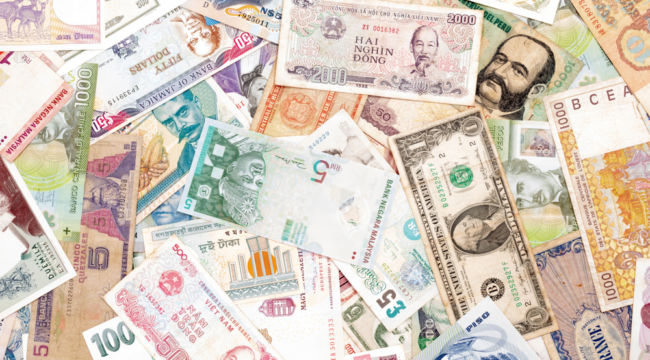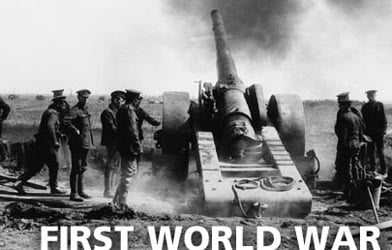Get Ready for World Money
by Jim Rickards, Daily Reckoning:

Since Federal Reserve resources were barely able to prevent complete collapse in 2008, it should be expected that an even larger collapse will overwhelm the Fed’s balance sheet.
That’s exactly the situation we’re facing right now.
The specter of a global debt crisis suggests the urgency for new liquidity sources, bigger than those that central banks can provide. The logic leads quickly to one currency for the planet.
The task of re-liquefying the world will fall to the IMF because the IMF will have the only clean balance sheet left among official institutions. The IMF will rise to the occasion with a towering issuance of special drawing rights (SDRs), and this monetary operation will effectively end the dollar’s role as the leading reserve currency.
The Federal Reserve has a printing press, they can print dollars. The IMF also has a printing press and can print SDRs. It’s just world money that could be handed out.
The IMF could function like a central bank through more frequent issuance of SDRs and by encouraging the use of “private SDRs” by banks and borrowers.
What exactly is an SDR?
The SDR is a form of world money printed by the IMF. It was created in 1969 as the realization of an earlier idea for world money called the “bancor,” proposed by John Maynard Keynes at the Bretton Woods conference in 1944.
The bancor was never adopted, but the SDR has been going strong for 50 years. I am often asked, “If I had 100 SDRs how many dollars would that be worth? How many euros would that be worth?”
There’s a formula for determining that, and as of today there are five currencies in the formula: dollars, sterling, yen, euros and yuan. Those are the five currencies that comprise in the SDR calculation.
The important thing to realize that the SDR is a source of potentially unlimited global liquidity. That’s why SDRs were invented in 1969 (when the world was seeking alternatives to the dollar), and that’s why they will be used in the imminent future.
At the previous rate of progress, it may have taken decades for the SDR to pose a serious challenge to the dollar. But as I’ve said for years, that process could be rapidly accelerated in a financial crisis where the world needed liquidity and the central banks were unable to provide it because they still have not normalized their balance sheets from the last crisis.
“In that case,” I’ve argued previously, “the replacement of the dollar could happen almost overnight.”
Well, guess what?
We’re facing a global financial crisis worse even than 2008. That’s because each crisis is larger than the previous one. The reason has to do with the system scale. In complex dynamic systems such as capital markets, risk is an exponential function of system scale. Increasing market scale correlates with exponentially larger market collapses.
This means a market panic far larger than the Panic of 2008.
SDRs have been used before. They were issued in several tranches during the monetary turmoil between 1971 and 1981 before they were put back on the shelf. In 2009 (also in a time of financial crisis). A new issue of SDRs was distributed to IMF members to provide liquidity after the panic of 2008.
The 2009 issuance was a case of the IMF “testing the plumbing” of the system to make sure it worked properly. With no issuance of SDRs for 28 years, from 1981–2009, the IMF wanted to rehearse the governance, computational and legal processes for issuing SDRs.
The purpose was partly to alleviate liquidity concerns at the time, but also partly to make sure the system works in case a large new issuance was needed on short notice. The 2009 experience showed the system worked fine.
Since 2009, the IMF has proceeded in slow steps to create a platform for massive new issuances of SDRs and the creation of a deep liquid pool of SDR-denominated assets.
Read More @ DailyReckoning.com
Loading...


